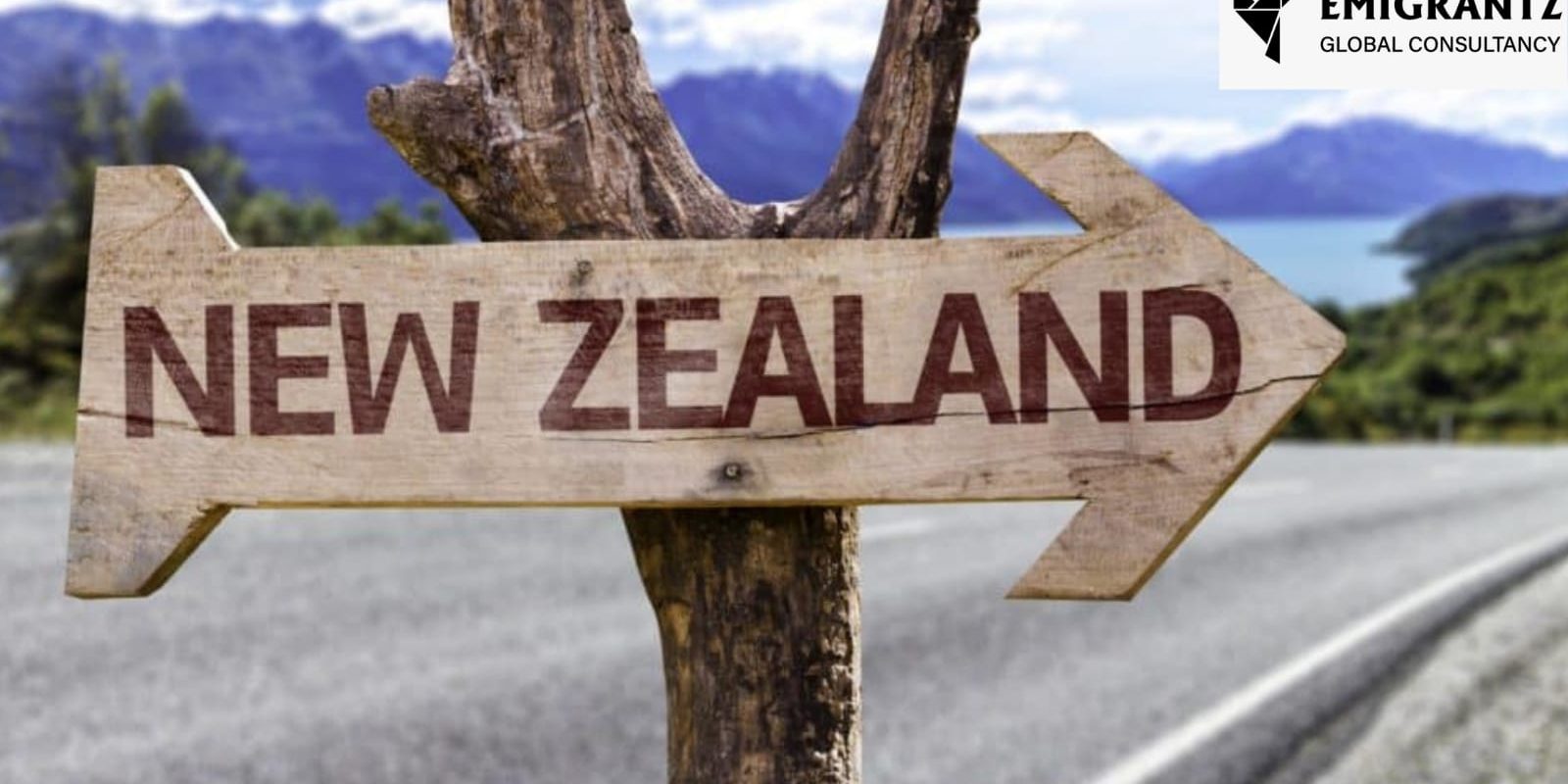Emigrantz Global Consultants has helped various migrant aspirants to get better scores in PTE and move in to their desired country. Read below on what is PTE, why is it important and how can you prepare yourselves to score more than 80.
What is PTE Academic?
PTE academic is a renowned computer-based test of English for students who want to study abroad and immigrate to a foreign country. It was initiated mainly for non-native English speakers who want to acquire their higher studies degree from abroad. It covers and tests the four main aspects of English language i.e. reading, writing, listening as well as speaking. The reason behind PTE being such a prevalent English test is that it provides students with immense flexibility.
The three-hour-long computer-based test focuses on day-to-day English rather than high-level English language and tests a student on his/her ability to effectively understand the language as spoken daily. The multi-level grading system ensures a better understanding of the student’s proficiency in the English language.
Why take PTE Academic Exam?
PTE Academic is a computer-based English language test for non-native English speakers who wish to study abroad. It tests the Reading, Writing, Listening and Speaking skills of the candidates. The test is designed in such a way that every question generally tests 2 skills together, like reading and speaking or listening and reading.
Who accepts PTE Academic Scores?
PTE Academic exam is accepted by thousands of educational institutions across the world. Apart from this, PTE Academic is also accepted by the governments of Australia and New Zealand for visa purposes. Those who aspire to go abroad for studying in a major English-speaking country like the UK, Australia, USA, and Canada take the PTE Academic exam to prove their English language efficiency.
Types of PTE Exam
The Pearson Language Tests – a unit of Pearson PLC Group is responsible for conducting two formats of the English proficiency test to assess the English language skills of non-native speakers of the English language. The two tests are PTE Academic and PTE Academic UKVI.
What are the eligibility criteria for the PTE Academic Exam?
As such, there are no specific criteria set by the Pearson PLC Group – the conducting body of the PTE Academic exam. However, according to the PTE Academic eligibility criteria, students must be at least 16 years of age at the time of appearing for the test. Also, candidates who are below 18 years of age need to give a parental consent form for appearing for the PTE Academic test.
Age Limit to Appear for PTE Academic Exam
In order to take the PTE Academic test, the candidate must be at least 16 years old. Candidates below 18 years of age need to take a parental consent form signed by either parents or guardians before taking the test. Candidates can download the consent form from the official website of the PTE Academic Exam.
Important Tips And Strategies:
Follow these below tips for pte exam and know how to score 80+ in Pte.
Understand The Basics:
- Understanding the scoring system of each question, can easily change the table in your favor.
- Pay close attention to the instructions provided in every question.
- Watch out for time limits. If it has a time limit, provide your response in the given time duration.
- Beware of negative marking questions. If there is a multi-choice answer, make sure not to answer unless you are absolutely sure.
- In speaking, maintain proper fluency and try speaking as natural and native-like you can.
- Try to avoid silly mistakes like spelling errors or forgetting the instructions or missing to listen to certain words.
- It is an entire computer-based exam, that does not depend on any human judgment or emotions.
Look For Areas Where You Lack The Most:
- Knowing your suspicious subject areas will help you to work on them and rectify them.
- Have a thorough understanding of questions you are comfortable with and the ones that make you a little distressed.
- Remind yourself of how you once tackled a tough question and now you are pro at it. Seeing your achievements and mistakes regularly makes a picture of your current situation quite clear..
- Continuously challenge yourself and practice.
PTE Follows A Unique Scoring Technique:
For scoring, PTE not only considers your communicative skills but provides a proper review of you enabling skills as well.
- In speaking, you will need to have good listening skills.
- To write efficiently or answer reading questions, you must know the right vocabulary and have an understanding of the grammar and coherence.
- While listening, you will need to know the right spellings, or else you could lose a big deal of scores.
- Regular practice and getting evaluated on your daily attempts will help you know your exact position and will enable you to decide when to go for an actual PTE exam.
Time Management And Focus Are The Key:
These two qualities will win you half the battle. The other half is the right knowledge of English language.
- Time management comes with consistent practice. Mindfulness comes with concentration.
- Having outright presence of mind and staying alert definitely works when you want to score high in PTE.





 Travel / Immigration restrictions across different countries
Travel / Immigration restrictions across different countries

 The Family Class Sponsorship Program reunites families by enabling adult permanent residents or citizens to sponsor a relative for immigration to Canada. To be eligible, the person seeking sponsorship must be a:
The Family Class Sponsorship Program reunites families by enabling adult permanent residents or citizens to sponsor a relative for immigration to Canada. To be eligible, the person seeking sponsorship must be a: